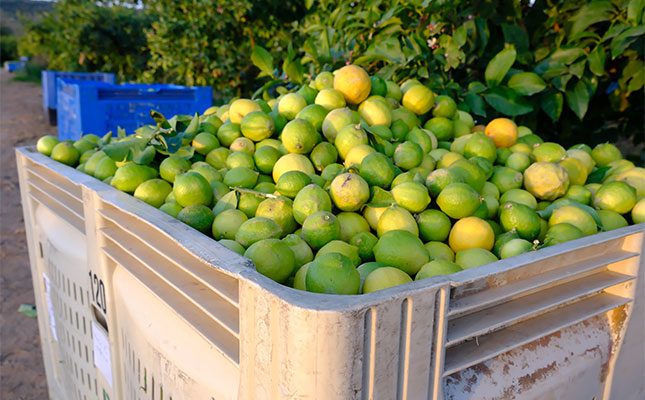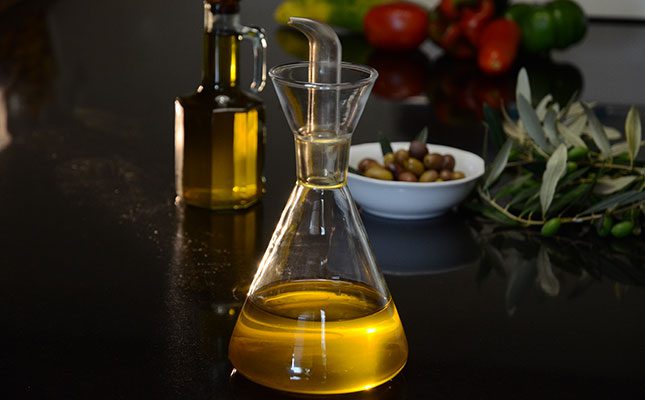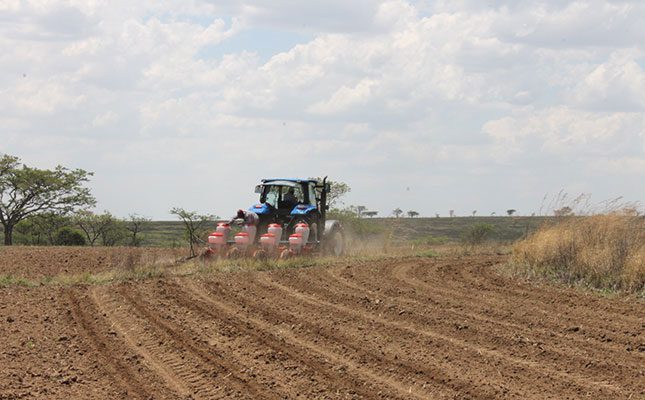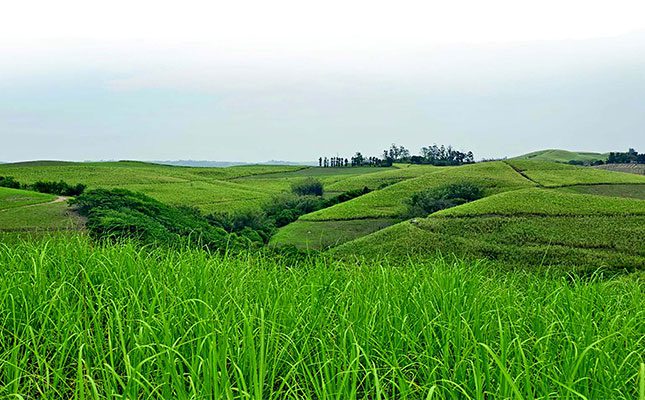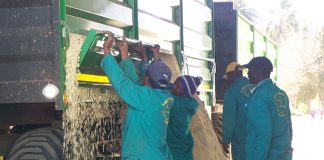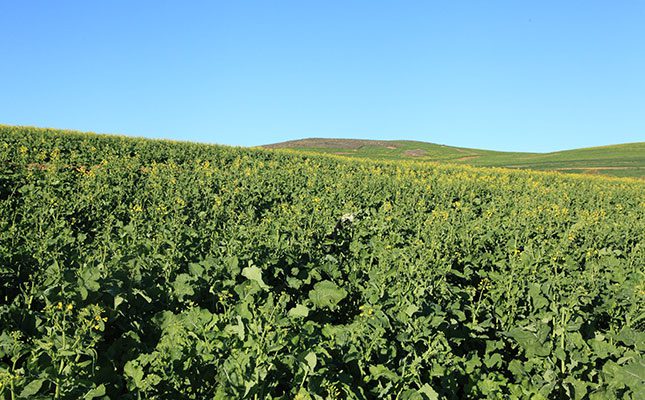
Favourable international production prospects for 2025 are set to keep global wheat, barley, and canola stock levels stable, despite firm demand.
According to the latest Bureau for Food and Agricultural Policy (BFAP) Baseline, wheat production was expected to reach record levels for the second consecutive year, while barley and canola output were forecast to grow by 1,7% and 5,3%, respectively.
Strong supply of these crops has helped keep international prices steady overall through the first half of 2025, although individual crops saw some variation. The International Grains Council’s wheat index declined by 2,7% compared with 2024, while its barley index rose by 6,9%. In contrast, canola prices surged by 9% to peak in April before easing in May.
Price stabilisation expected
Over the next decade, global grain and oilseed prices are expected to even out to levels last seen in 2018/19, as slower demand growth – particularly for wheat and barley, which are mainly consumed as food – keeping markets subdued.
South Africa imports about half of its wheat, which means local prices are closely tied to global trends.
The BFAP expected domestic wheat and barley prices to decline by about 1% year-on-year in 2026, before recovering modestly in 2027 and then growing by 2,6% and 2,8% per year, respectively. Canola faced a sharper correction of 7,6% in 2026, with growth of around 2,2% per year expected thereafter.
Assuming average yield trends, the BFAP forecast that gross margins would tighten in the short term as prices softened. Wheat and barley margins, however, were expected to be more resilient, supported by the wheat import tariff. Currently, an import duty of R549/t was in place, and the subsequent trigger level of R856/t had already been reached.
Over the longer term, margins were projected to remain well above the lows recorded in 2018 and 2019, with productivity gains, particularly in canola, underpinning profitability.
Production patterns and outlook
Production patterns also showed notable shifts. The area planted to wheat, barley, and canola expanded by just over 500 000ha in 2018 to more than 600 000ha in 2024, driven by elevated commodity prices, favourable climatic conditions, and the rapid adoption of canola as a financially viable rotational crop.
Even so, wheat production fell to a seven-year low in 2024, with record declines in the summer rainfall region and a modest reduction in irrigated areas. A gradual recovery was expected, with cultivated area projected to increase from 505 000ha in 2024 to 530 000ha by 2034.
Yield growth was forecast at 1,7% per year in winter regions, 0,4% in summer regions, and 0,8% under irrigation.
Barley cultivation expanded strongly from 2010, peaking at 142 000ha in 2020 on the back of attractive margins.
However, pandemic-related restrictions on alcohol sales and market maturity caused the area to contract to around 101 000ha by 2021, where it has since stabilised. Over the outlook period, barley is projected to hold steady at about 105 000ha, with yields increasing by 1% in the winter region and 0,5% under irrigation.
In contrast, canola has been the clear growth story. Plantings expanded from 78 000ha in 2015 to 145 000ha in 2024, at an annual growth rate of nearly 8%.
Further expansion is anticipated, albeit at a slower pace of 2,5% per year, reaching 186 000ha by 2030. Yield improvements have been striking, averaging 5,1% annually over the past decade thanks to better seed technology. Future gains are expected to continue at around 2,2% per year.
Gross product value figures reflect these shifts. Wheat’s value declined by 13% in 2024 but was still 70% higher than in 2019. Meanwhile, canola’s gross product value increased more than fivefold, from R538 million in 2019 to R2,7 billion in 2024.
By comparison, barley’s value has shown only marginal growth. After a sharp increase in 2020, the industry is currently in a period of consolidation, with production for malting increasingly aligned with the size of the domestic market.
Producers under pressure
MJ Swart, Grain SA’s regional manager of marketing and farmer development in the Western Cape, told Farmer’s Weekly that wheat margins in the region had been under pressure for some time, with conditions expected to remain tight given the bumper international crop.
“Producers are price-takers on both the input and sales side,” he said.
“There is little they can do about the cost-price squeeze except to improve efficiencies wherever possible, and reduce climate risks through, for example, conservation farming practices. Some may also be able to integrate livestock on their farms to diversify risks and add value.”
Swart noted that while some producers could divert problem soils to other crops, many had no choice but to plant grain.
He said that research was ongoing to find ways to improve these farmers’ financial viability and climate resilience: “Research into drought-tolerant seed is showing progress, but unpredictable weather, including two unusually wet seasons in the Western Cape, remain a challenge.”
A more immediate solution, Swart argued, would be to speed up the process by which new import duties took effect once the trigger levels were reached.
“It often takes months for new tariffs to be announced, to the frustration of farmers,” he said. “Grain SA has written to the ITAC [International Trade Administration Commission of South Africa] to request a trigger mechanism like the one used for monthly fuel price adjustments.
“The proposal has already been opened for public comment, and we are now awaiting feedback from the ITAC. We also asked for a tariff reference price increase.”


